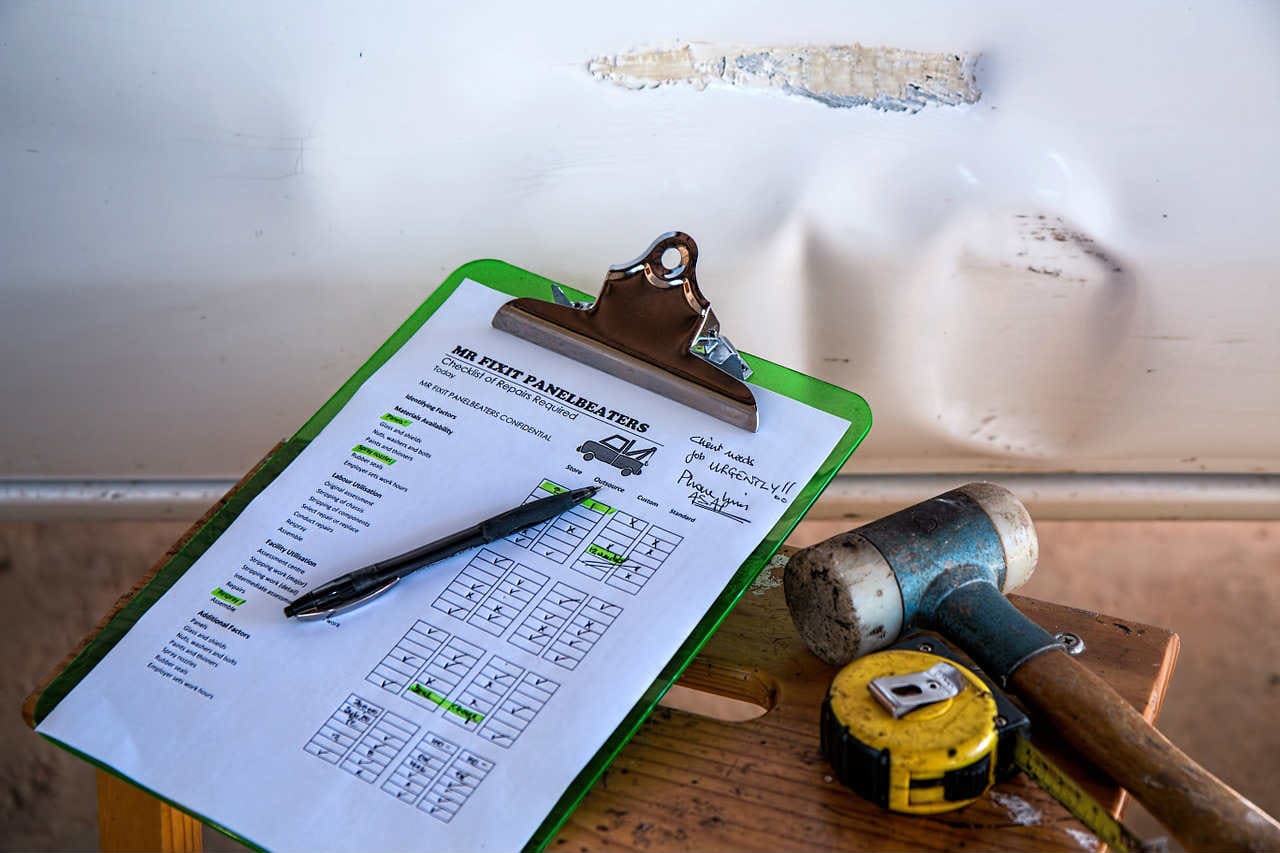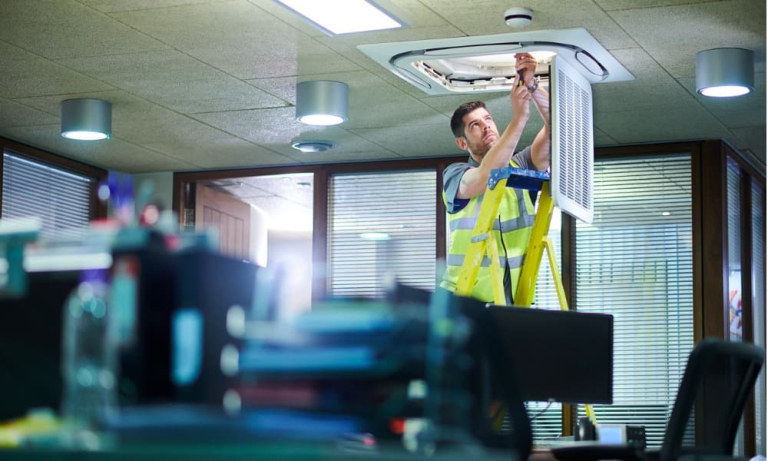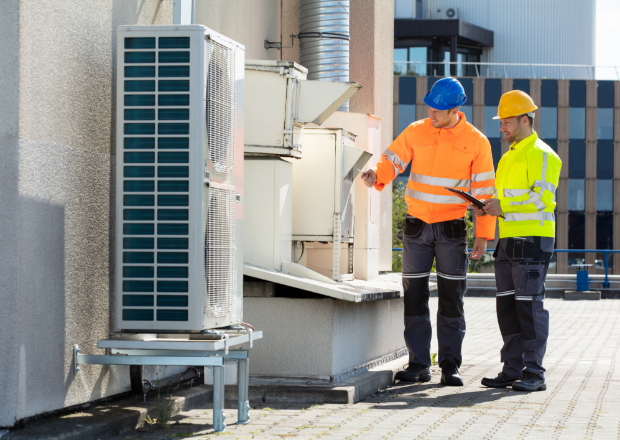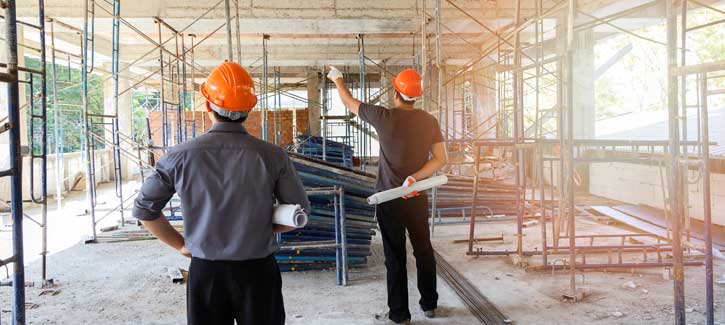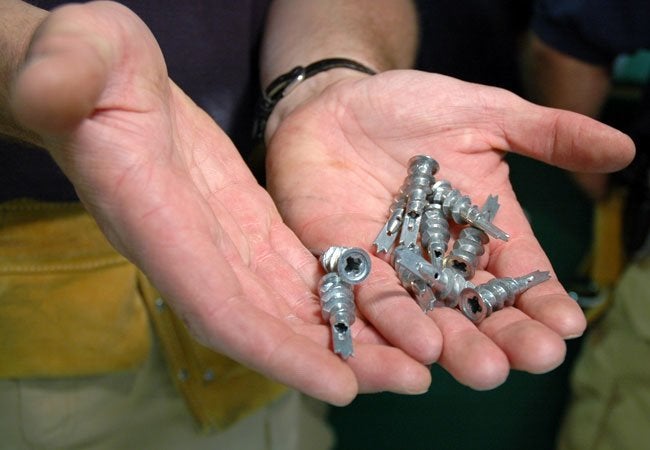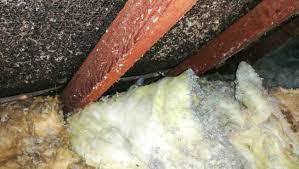Routine Maintenance: The Most Important Task for Commercial Buildings
Commercial buildings require routine maintenance to ensure they remain operational, safe, and comfortable for their occupants. Regular maintenance of the building’s systems, equipment, and structure can prevent costly repairs and prolong the building’s lifespan. In this article, we will discuss the importance of routine maintenance for commercial buildings and provide tips on how to create an effective maintenance plan.
Routine Maintenance
Routine maintenance is an essential aspect of managing a commercial building. It involves performing regular inspections, cleaning, and repairs of building systems, structures, and equipment. Maintaining a commercial building ensures that it remains operational, safe, and comfortable for its occupants. Neglecting routine maintenance can lead to costly repairs and premature failure of building systems and equipment.
Why Routine Maintenance is Important for Commercial Buildings
Here are a few reasons why routine maintenance is important for commercial buildings:
Prolongs the Lifespan of Building Systems and Equipment
Regular maintenance ensures that building systems, equipment, and structures are functioning correctly and reduces the risk of premature failure. For example, changing HVAC filters on a regular basis can improve efficiency and prolong the lifespan of the system.
Improves Energy Efficiency
Routine maintenance can improve energy efficiency by ensuring that systems are running as efficiently as possible. Cleaning air ducts or ensuring that HVAC systems are running correctly can save energy and reduce energy costs.
Enhances Safety and Security
Maintaining proper lighting, alarms, and structural integrity can enhance the safety and security of a building. Routine maintenance of security cameras, access control, and fire protection systems can ensure they are functioning properly.
Maintenance Checklist for Commercial Buildings
Here is a maintenance checklist for commercial buildings:
HVAC System Maintenance
- Checking the air filters, coils, fans, and belts
- Cleaning ductwork and air vents
- Inspecting refrigerant levels and ensuring they are not leaking
Plumbing System Maintenance
- Checking for leaks and repairing them
- Inspecting pipes and replacing parts that are worn or damaged
- Cleaning drains and sewer lines
Electrical System Maintenance
- Testing emergency lighting and exit signs
- Inspecting electrical panels and breakers
- Maintaining the backup power system
Building Envelope Maintenance
- Regularly inspecting the building’s roof, walls, and foundation for any signs of damage
- Sealing any cracks or gaps in the building’s envelope to prevent drafts or water leaks
- Cleaning and maintaining gutters and downspouts.
Landscaping and Exterior Maintenance
- Trimming trees and bushes
- Maintaining sidewalks, parking lots, and driveways
- Repairing any damage to the exterior of the building
Interior Maintenance
- Cleaning floors, carpets, and windows
- Regularly replacing light bulbs and keeping lighting fixtures clean
- Managing waste and recycling
Fire Protection System Maintenance
- Inspecting fire alarms, smoke detectors, and sprinkler systems
- Providing regular fire safety training to building occupants
- Testing the system and ensuring it meets all local codes and regulations.
Elevator Maintenance
- Regularly inspecting the elevator’s mechanical and electrical components
- Cleaning and maintaining elevator cabs
- Ensuring the elevator meets current safety codes and regulations
How to Create an Effective Maintenance Plan for Commercial Buildings
Creating an effective maintenance plan for commercial buildings involves several steps:
Conduct Building Assessments
An assessment of the building’s condition and any potential maintenance needs should be conducted regularly to identify issues before they become major problems.
Establish a Maintenance Schedule
Based on the assessment, develop a maintenance schedule that outlines what maintenance tasks need to be performed when.
Assign Roles and Responsibilities
Having a clear understanding of roles and responsibilities for maintenance tasks helps ensure that tasks are completed on time and correctly.
Track and Manage Maintenance Tasks
Implement a system for tracking and managing maintenance tasks to ensure that they are completed, and no tasks fall through the cracks.
To read more about this topic, check out previous blog post at The Most Common Building Repairs and How to Address Them
For more general information on building then please visit: https://www.building.vic.gov.au/
Routine maintenance is the most important task for commercial buildings to prolong the lifespan of building systems and equipment, improve energy efficiency, and enhance safety and security. A comprehensive maintenance plan that includes regular inspections and cleaning can prevent costly repairs and keep

